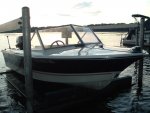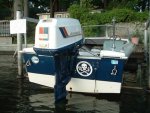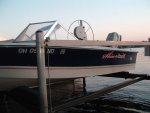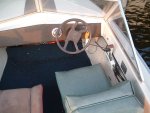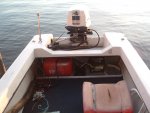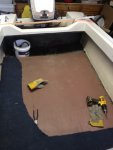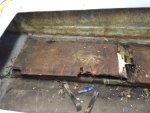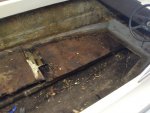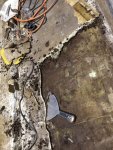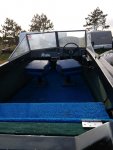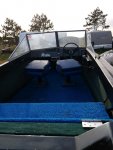Hi all
Just bought this boat last week. This is going to be my first boat project. Will try to keep it updated. Started ripping out the floor.
Just bought this boat last week. This is going to be my first boat project. Will try to keep it updated. Started ripping out the floor.




















